Mandatory MFA for Azure Sign-ins: Are You Ready?

Ding. A notification flashes across your screen: “Would you like to enable multi-factor authentication (MFA) for added security?” You pause, swipe it away, and promise to enable it later. But with MFA becoming a mandatory requirement within Azure sign-ins, that “later” is coming sooner than you think.
Beginning in October, Microsoft is enforcing multi-factor authentication for Azure sign-ins. With data breaches and account compromises increasing in frequency and sophistication, Microsoft’s initiative is a solid step toward more robust security.
OneNeck actively works with our Microsoft clients to implement best practices for administrative access and identity protection, and with Microsoft’s recent MFA announcement, many of our customers will be affected. For organizations using Break Glass Accounts, Service Accounts, or those who have integrated third-party MFA solutions through Conditional Access Policies, now is the time to evaluate how these accounts fit into Microsoft’s MFA rollout. Preemptively securing these accounts will ensure a smoother experience when the policy takes effect.
MFA Enforcement Phases
As businesses prepare for Microsoft’s new security mandate, it’s important to understand the rollout’s two-phase timeline.
- Phase 1 (October 2024): MFA will be required to sign into the Azure portal, Microsoft Entra admin center, and Microsoft Intune admin center. This phase will be a gradual rollout affecting all tenants worldwide. An important note: this phase will not impact Azure CLI, Azure PowerShell, Azure mobile app, or IaC tools during this period.
- Phase 2 (Early 2025): MFA enforcement extends to Azure CLI, Azure PowerShell, Azure mobile app, and Infrastructure-as-Code (IaC) tools. Organizations relying on user accounts for service applications must transition to cloud-based service accounts using workload identities.
Microsoft’s Communication
Microsoft provides notifications through several channels to ensure all Microsoft Entra Global Administrators are fully prepared for the upcoming MFA enforcement.
- Email notifications: Administrators who have configured email addresses will receive notifications about the MFA requirements and the necessary actions.
- Service health notifications: Administrators will be updated through service health alerts on the Azure portal, with a tracking ID for reference.
- Portal notifications: When signing into the Azure portal, Entra admin center, or Intune admin center, administrators will see an alert regarding the enforcement.
- Microsoft 365 message center: The M365 message center will also provide details to ensure administrators are fully aware of all changes.
Why Require MFA Now?
This move comes as cyberattacks continue growing, targeting large enterprises and small businesses alike. Passwords alone are no longer effective in protecting sensitive data, with multi-factor authentication adding a needed security layer. Microsoft’s Secure Future Initiative also focuses on identity protection, hardware security, and enforcing best-in-class standards across all identity and secret infrastructure. This heightened protection ensures organizations can defend against evolving threats. Beyond security, this move also helps businesses adhere to relevant regulatory frameworks like PCI DSS, HIPAA, GDPR, and NIST.
Preparing for the Shift
Preparation is vital. Begin by evaluating your current identity and security frameworks to identify any gaps. Furthermore, consider implementing MFA best practices to ensure a robust methodology is in place.
Additionally, if your organization relies on user-based service accounts, consider migrating them to secure cloud-based service ones with workload identities. Businesses can guarantee adherence without interrupting daily operations by acting before the enforcement dates.
One of the most effective ways to enable MFA is to use Microsoft Entra ID. Entra ID provides flexible authentication options that customize MFA to a business’s needs.
- Microsoft Authenticator for push notifications and one-time codes
- FIDO2 security keys are used for access without a username or password using an external USB, NFC, or other external security keys.
- Certificate-based authentication utilizes PIV and CAC cards for phishing-resistant, certificate-based authentication.
- Passkeys for secure, passwordless sign-ins
- SMS or Voice approval for convenient (albeit less secure) MFA options
Stay Compliant and Secure with a Trusted Partner for MFA and Beyond
Multi-factor authentication is an essential step in fortifying Azure environments. Still, the process may sometimes be more complex than it seems. OneNeck, an experienced Microsoft Solutions Provider, is here to simplify that process, ensuring your business stays secure, compliant, and ready for the future. Our team employs a layered security strategy—MFA is just the beginning. With our expertise in Azure, identity management, and layered security strategies, you’ll have peace of mind knowing your cloud environment is protected.
Contact us today to learn how we can help your organization navigate this transition and ensure seamless integration of Azure’s MFA requirements into your security posture.
Additional Resources:




